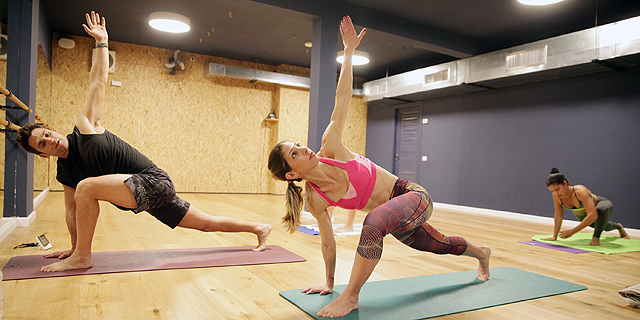
On Target
Fitness Tech: Mirror, Mirror on the Wall, Who’s the Fittest of Them All?
With mirrors and stationary bikes that act as a personal trainer with a price tag to match and employee perks that include access to thousands of gyms, fitness tech has raised $6.6 billion over the past decade and that is just the beginning
Sophie Shulman | 11:28, 19.01.20
The most popular fitness-related search term over the past year, according to Google, was Mirror. Not the reflective object, but a New York-based startup that sells specialized fitness mirrors one meter in length that come equipped with a microphone, a camera, and an app, essentially acting as a virtual fitness class. Mirrors cost $1,500 apiece plus a monthly $40 fee. Users can also boost their training regime by shelling out an additional $40 a pop for a private virtual training session that provides immediate feedback.
Jennifer Aniston, Gwyneth Paltrow, and Kate Hudson already modeled alongside their Mirrors in pictures and athleisure phenomenon Lululemon Athletica Inc. and supermodel Karli Kloss are among the company’s backers. The New York Times called its product “the most narcissistic exercise equipment ever,” but Mirror, incorporated as Curiouser Products Inc., is nearing a $300 million valuation.
Mirror may be the poster child of the new fitness era, which highlights personalized training at the most convenient time and place—which usually means at home—and with various unique gadgets courtesy of fitness tech companies. And Mirror is not alone. Peloton Interactive Inc., the first fitness tech to reach unicorn status, developed a stationary bike that connects to the internet and has an attached screen that broadcasts spinning lessons with a trainer. Like any stationary bike, Peloton’s can also double as a clothes hanger, but with a price tag of over $2,000, the motivation to use it for its original purpose grows.
While Peloton’s initial public offering was relatively successful, the stock is faltering and losses are piling up. In September, however, the company raised over $1 billion at a valuation of $8 billion—Fitness Planet, for example, operates 2,000 gyms and is valued at only $6 billion. So, despite the hiccups, Peloton is a sensation, and its business success can be viewed as proof of the enormous potential of fitness tech.
